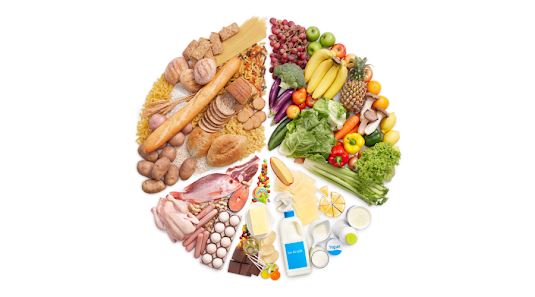Water Lab Experiment: In order to improve our understanding of the elements of a well-balanced diet, we conducted two experiments. In the first, we identified the features of water by observing its interactions with various substances, including itself. We also experimented with how many things water could dissolve and which ones it couldn't. Starch Test: In this experiment, four distinct foods (potatoes, oranges, apples, and pieces of bread) were given iodine drops. A food item contains starch if its color turns greenish-black. Next, we determine which food is starch-free. The apple, potato, and bread pieces had all turned black. The orange, though, didn't change. So, we concluded that oranges are starch-free. Protein Test: The Biuret Solution was used in the second experiment. One method for figuring out whether proteins are present in a sample is by using the Biuret solution. In order to determine whether or not water, milk, soda, or egg whites included proteins, we took fou...






